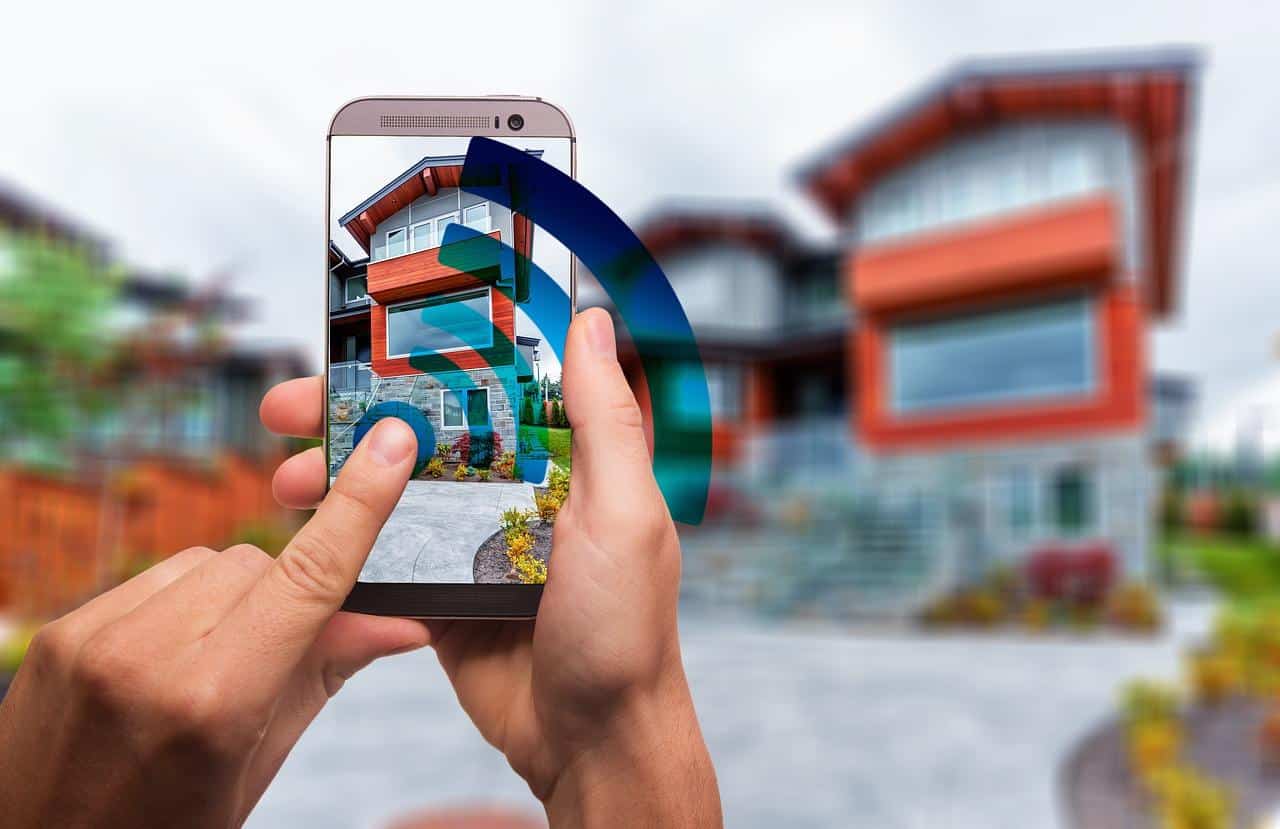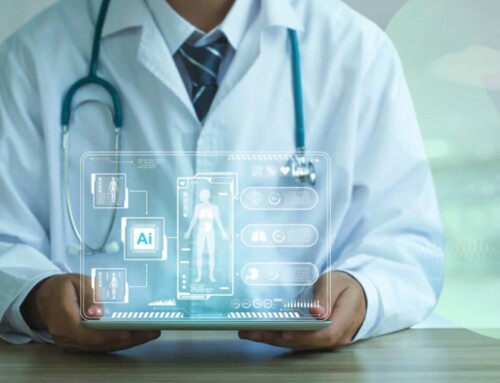The “Internet of Things” began with academic theory and for military use.
It then turned into a stream of live data we can’t get enough of. In simple terms, it is the power of the internet. What we see today are the potentials of the Internet of Things (IOT) that promises to take our data driven society to new heights that only a few people can truly understand.
What the connectivity of web-access did to human beings will now be done to inanimate objects. Our lives are already being drastaically changed. The introduction of blockchain technology is only speeding up the progress. The work and existence of IOT is more of a concept than an actual gadget or tool. What this concept achieves or refers to is the next level of web innovation. Or next “phase” of the internet.
You have to understand how innovation works to truly get why IOT seeks to improve human life. For example, we once rode in horse drawn carriages that limited how fast we could travel and to see the world. The creation of roads and motorized vehicles not only gave horses a rest, but it helped us to reduce the time and energy it took to get places… innovation.
The Internet of Things will improve how society operates. We’re already connected to a digital world, and that world will now be streamlined with better data and better ways of putting that data to use.
The Transformation Society had to Undergo
Society underwent a transformation that brought computers into our lives and internet into our minds. What we see today wasn’t exactly planned. It evolved from the first stages of internet access that professionals are now calling web 1.0. You have to understand that these terms aren’t the results of intended products.
The contributions of web professionals are what created our digital experience. These professionals are using the web terms to describe how their contributions have changed, adapted and established the criteria of our digital lives. The transformation we had to undergo is where we get terms like web 1.0, 2.0 and 3.0.
Let’s take a look at these stages to better understand what each brought to society.
Web 1.0
The Basics of Digital Retail
The internet could finally be used to sell products and services. There were still limits. This stage is significant because the technology of the internet began without public access. It was there, but we couldn’t use it. Establishing the web 1.0 phase brought digital technology to the average person. They could do with it what they pleased.
The limitations then seem limitless as we never had this technology before. Retailers found online traffic growing, and making money from the internet spurred an entire revolution in digital commerce. These were the first, gentle steps of web 1.0.
Lacking Interactivity
Searching and then reading content were the limits of the web. This description might not ring an actual bell in your mind, but those limitations meant that users could only view data while only creating their own through email. When these same people visited a website, all they could do was read the content it had.
There were few technologies that enabled people to interact with the media or the people they were reaching online. This was a static stage for web technology where the creativity of the consumer lacked freedom of expression or the power to lead digital technology.
The Guessing Game Played by Search Engines
The mid ‘80s and early ‘90s were a time where search technology fascinated people with the results it provided. This same model became the foundation for how people scammed the online system. These search algorithms worked on a concept that allowed them to find data based on how that data matched the exact words that a user typed in.
This means that you would only receive results for fast cars if you typed in fast cars. This technology wasn’t making an attempt to read behind the intent of a search. The error in this setup meant that scammers could embed their sites with any words they knew people were using even if their sites had nothing to do with those search terms.
Web 2.0
The Potential of Collaboration
Collaboration became a huge factor to how the second stage of the data society expanded. This meant that the input of readers began to form as an important validation method. Bloggers wanted people to comment on their posts and to create a long thread of questions and responses at the end of their content pieces.
Sites, which included concepts like Yahoo Answers, began developing with a forum structure for answering questions that people were typing into search engines. Those answers would then be provided by a “specialist” while others would chime in on the message or add greater detail.
A Coined Phrase
Be reminded that web 2.0 is only a coined phrase for this phase in internet technology. There was never a certain point when digital professionals brought web 2.0 into society as some kind of service. Looking at the expansion of digital and in hindsight is where we get a clear description of a phase that we can call web 2.0.
This phase brought into society a new consumer who had more power than marketers, PR agencies and newspapers had combined.
The Rise of User Generated Content (UGC)
User Generated Content is a data term to highlight what generated from social media. This content began at places like MySpace. It wasn’t just the ability to speak that made these outlets so effective. America Online already proved how infectious online messages were.
The UGC of social media instead showed us the power of this technology when it reached thousands, hundreds of thousands and then millions of people at once. The outcome of this influence is now giving way to a new type of influencer marketing. The modern dynamic of influencer marketing now positions social media leaders as advertisers making millions.
Web 3.0
Introducing the Smart Appliance
Here we begin to see digital with “its own consciousness.” The cell phone got smarter, and its ability to connect directly to the internet meant that people got smarter. They may not have been able to pass highly on an I.Q. test, but if they did that test while holding their smartphones, they would certainly meet the test scores of the late, great Einstein.
Smart appliances and not just phones are devices that use a special type of technology. This technology gives the computer chip within these devices an awareness of other devices around it. Doing this is only possible when these systems are powered by the internet. The data being streamed online is then shared through these devices.
You might now wonder why this is important. Just imagine a sensor(chip) in a house that can sense gas entering the building. This sensor might not know what that gas is, but it could be dangerous. A quick web search is then made to uncover that the atomic compound of this gas is highly combustible. An alarm is thing triggered.
Everyone with an internet connection and living in the building gets a immediate notification. This is only a glimpse into what the IOT can achieve.
Wow: Artificial Intelligence is Ranking our Content
Artificial intelligence made it from our worst nightmare to the computers we use daily. You might not have thought that it would be used this way, but it’s now operating the search engines and enabling those technologies to find the right content when you’re doing a search. This makes search engines living libraries with thinking librarians.
This type of technology changes the meaning of interactivity as the web is now interacting with us. There’s no need to power it all by the work of individuals. The work of A.I. technology collects its own data on people and how they behave. That data dictates how A.I. responds based on the parameters it has programed within it.
Greater Semantics
Semantics is another level of comprehension that A.I. can use to learn how people think. The human language is more complex than definitions and basic meanings. We often say things that don’t actually mean what the words we use are defined as. Doing this can confuse search technology and what algorithms know about us.
Google developed what it calls the Knowledge Graph to describe how words are related at this stage. The ‘90s internet, however, only understood words if they matched with others. The power of semantics provides computers with a level of verbosity that allows them to tap into a larger database to better understand what we mean and think.
Software as a Service (SaaS)
The web 3.0 era is the era of software when sold as a service. Web development is showing no boundaries, and we have the formation of a data society to thank for this. These services are all in the hands of powerful programers who know how to solve endless problems with algorithms. These solutions are for anything you can imagine.
Automation also comes with the advancement of digital software. No matter how advanced artificial intelligence gets or if we move toward a web 4.0, automation is the core concept that will scale the human society and allow it to do various things on autopilot. Continue to watch what automation does in the near future.
Why These Things are Important for eCommerce
The three prior stages of advancement in web technology come down to the importance of eCommerce. The internet isn’t just a place where the world socializes. These social components have only been developed in order to boost the advertising potential of internet access. It’s this potential that’s directing the next stage of web development and how technology will unfold.
Where We are Now
The amazing progress we’ve seen does have its limitations. The direction this technology takes is limited if we can’t established an immovable form of security for the exposure of all of the world’s data. Security will enable technology like blockchain to truly thrive. The next stages may be a full integration with ledger technology as it protects and encrypts data.
This happens in a way that only those with the account number and key will have access to information though it’s accessible via the web. We know that we can’t truly push forward until these security measures are in place.
The Final Impact IOT Will Make
There’s one thing we’re absolutely confident of. The Internet of Things is only growing. It’s now a matter of governments, businesses and consumers figuring out how they’ll use it. The potentials are endless, and we have enough creative minds to make something really special out of it.
Computation Through Mobile Devices:
The expansion of IOT will change how mobile services are done and how we use our personal devices. Getting connected to this system requires that we’re all updated, and doing so will create a major shift in society and the way business is done.
Data Sharing:
We’re still getting comfortable with the idea of data sharing, and this idea won’t be complete until we increase security and eliminate the type of hacking we witness in the world today.
Conscious Analysis by Computers:
The complete work of IOT will provide a premise that movies will be made out of. The compatibility of data with artificial intelligence will provide computers with more power than we’ve ever given them in society. Commerce will change, jobs will evolve and the image of our world will transform.
Let’s continue to watch this transformation and to see how we develop into a world of web 4.0. Time can only tell us how. …





